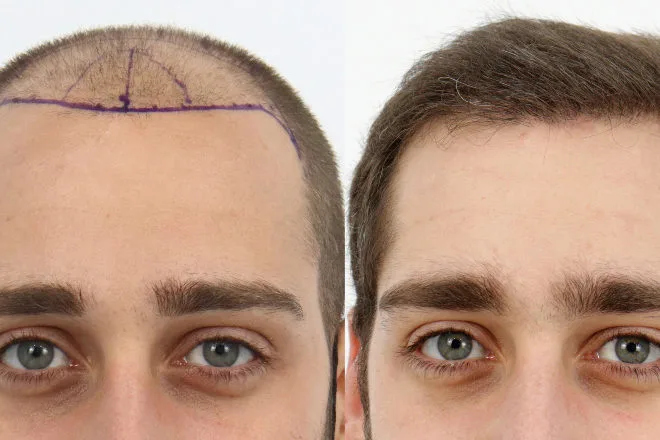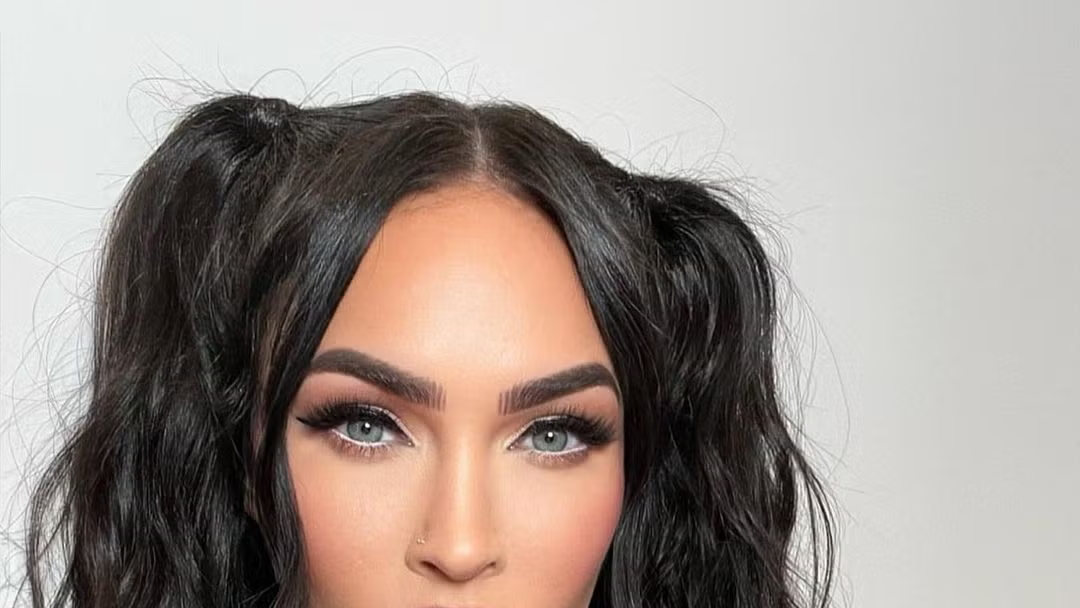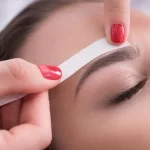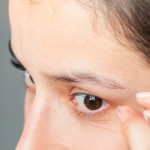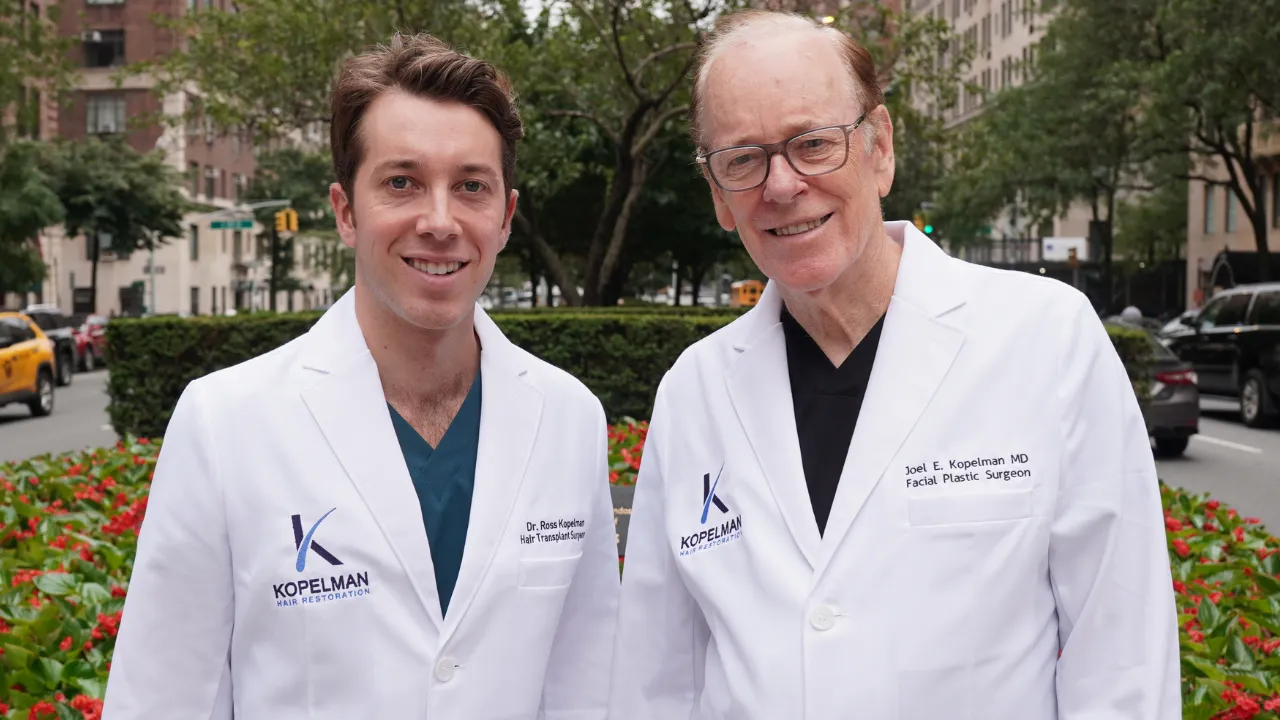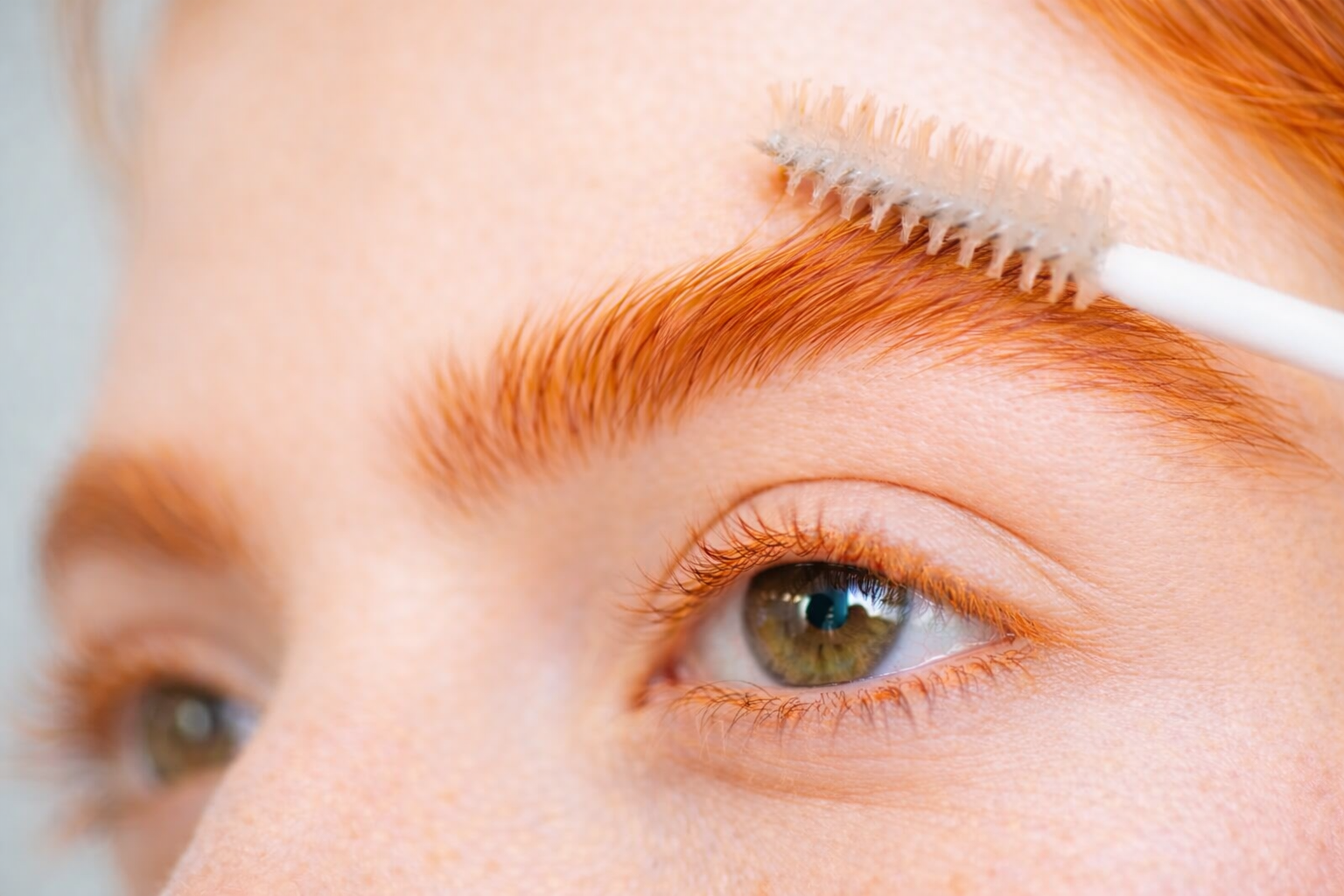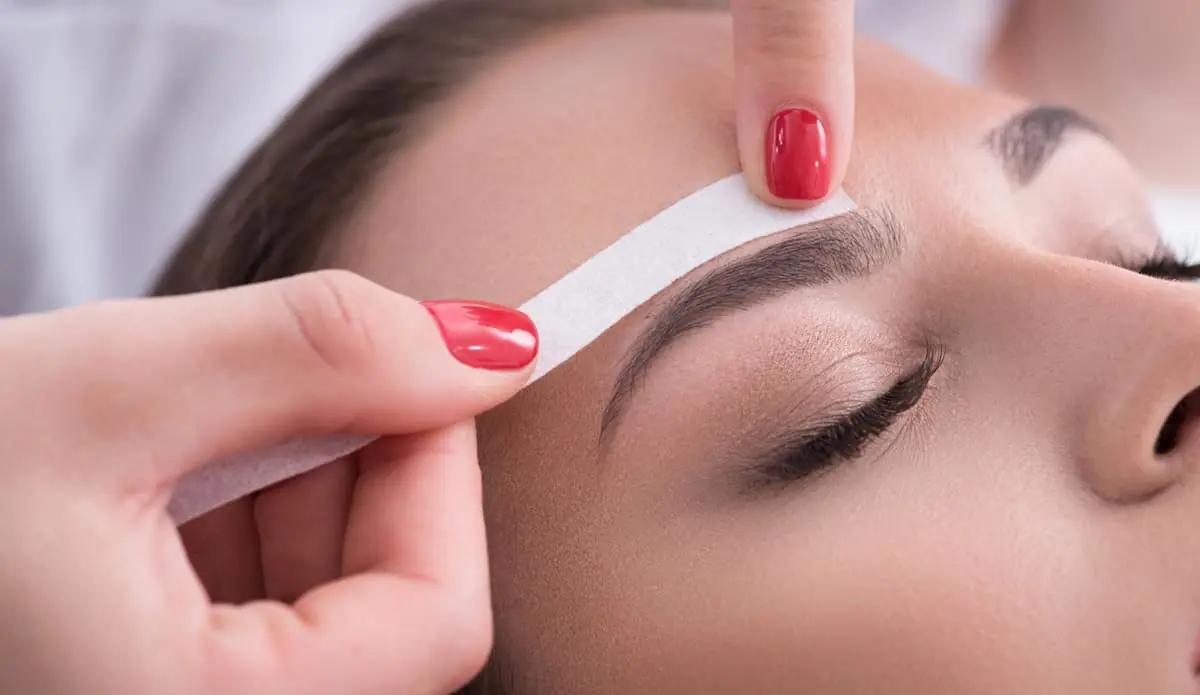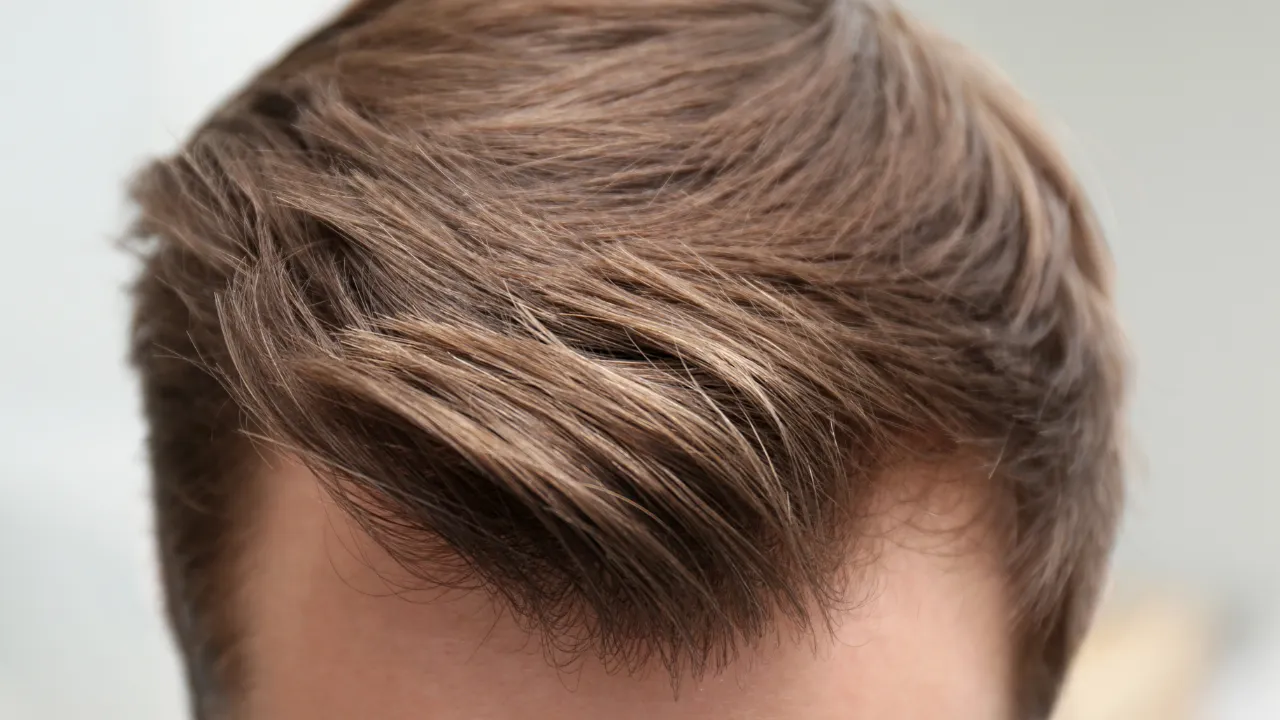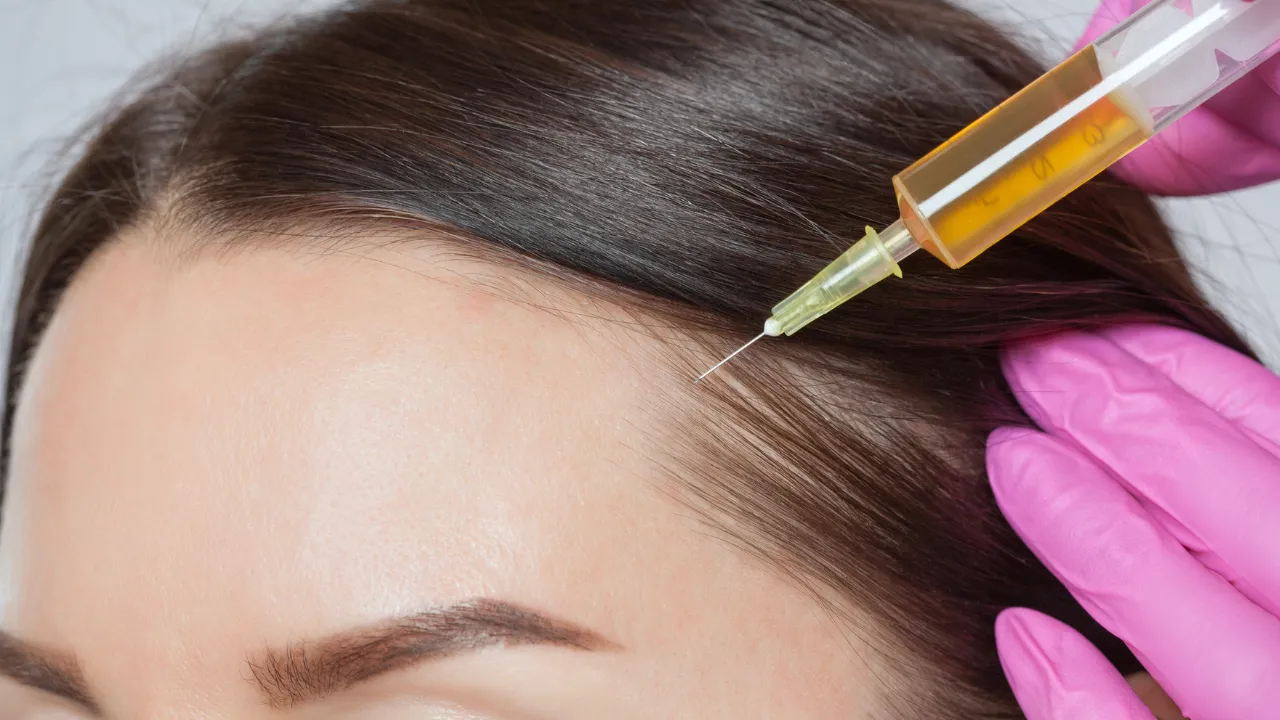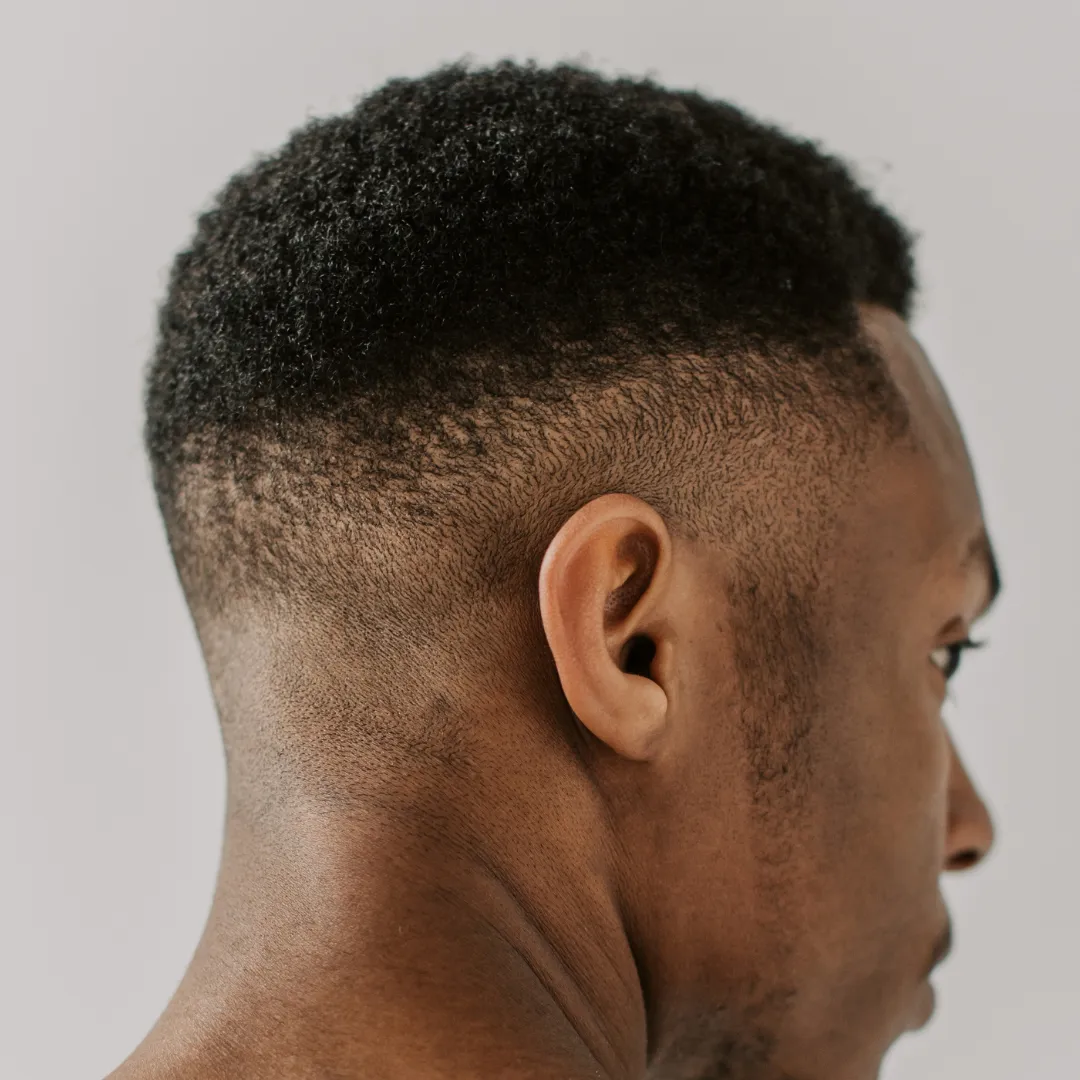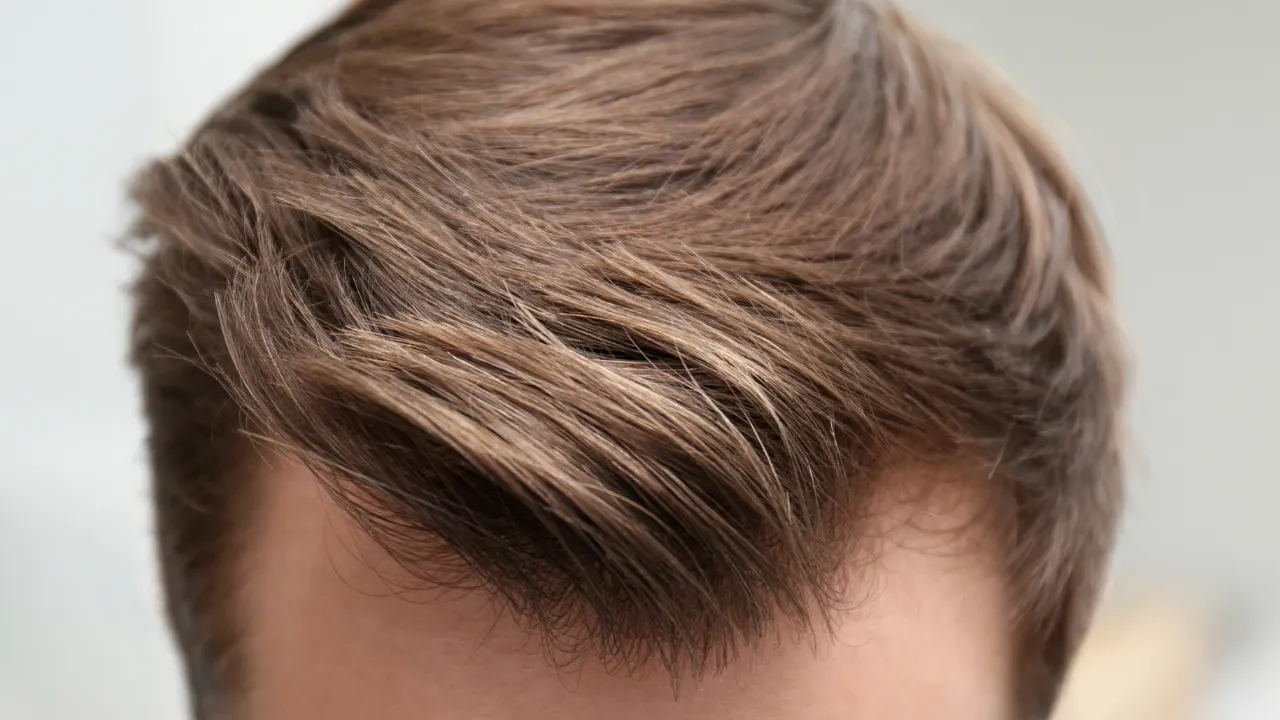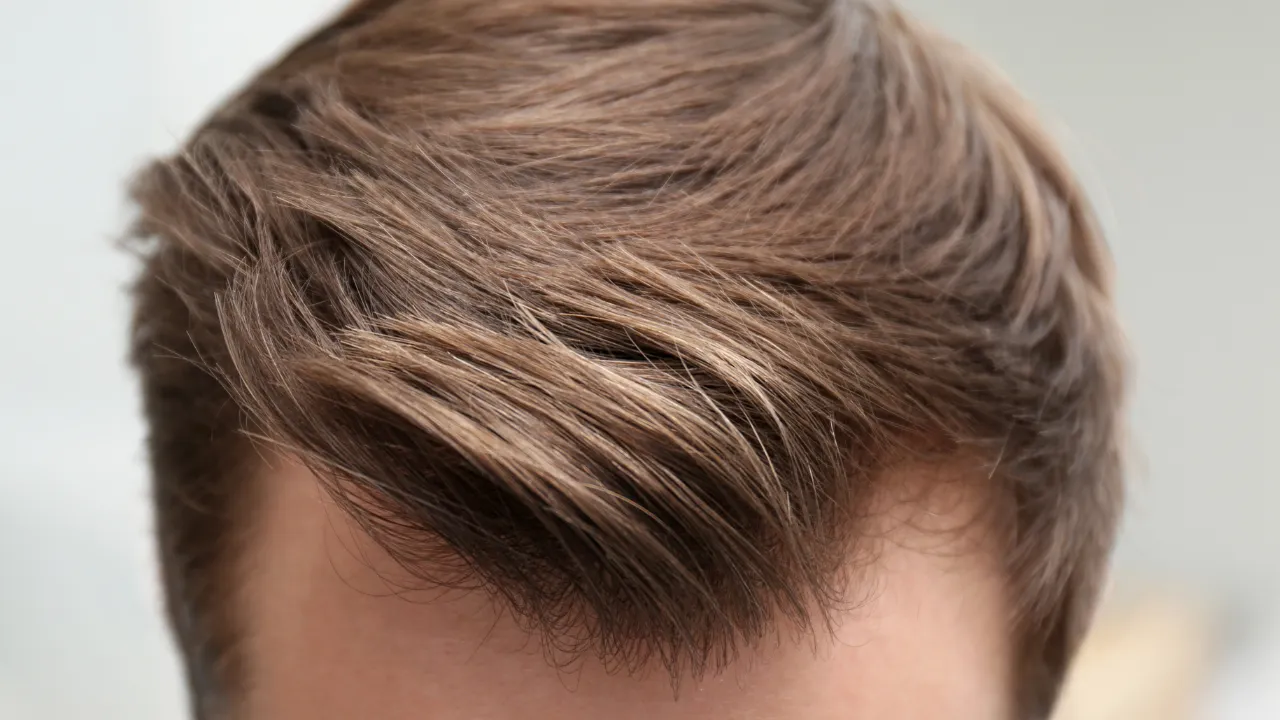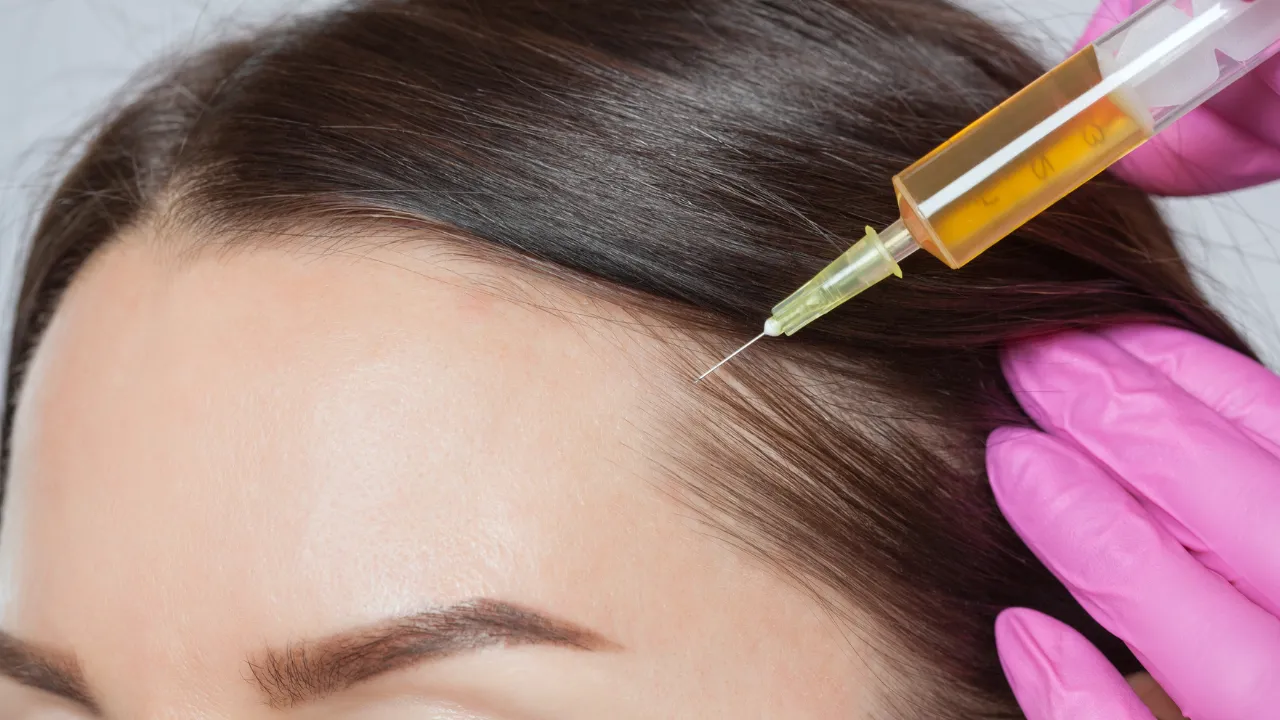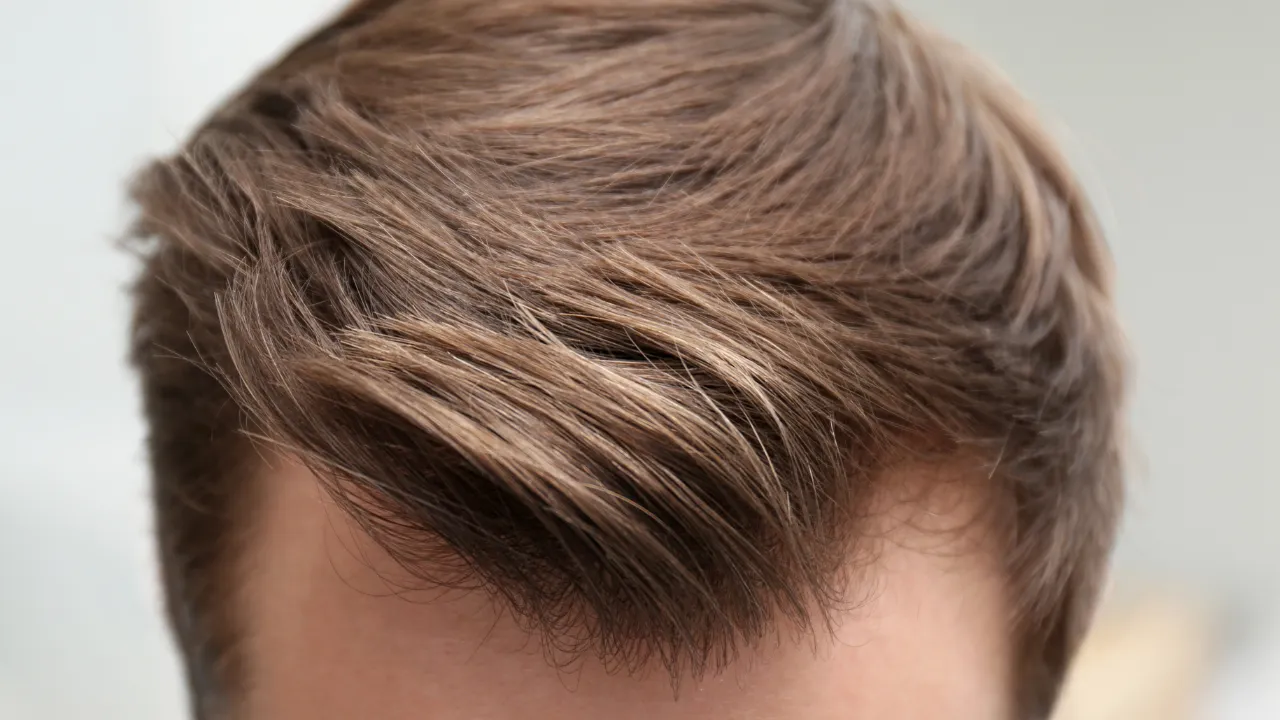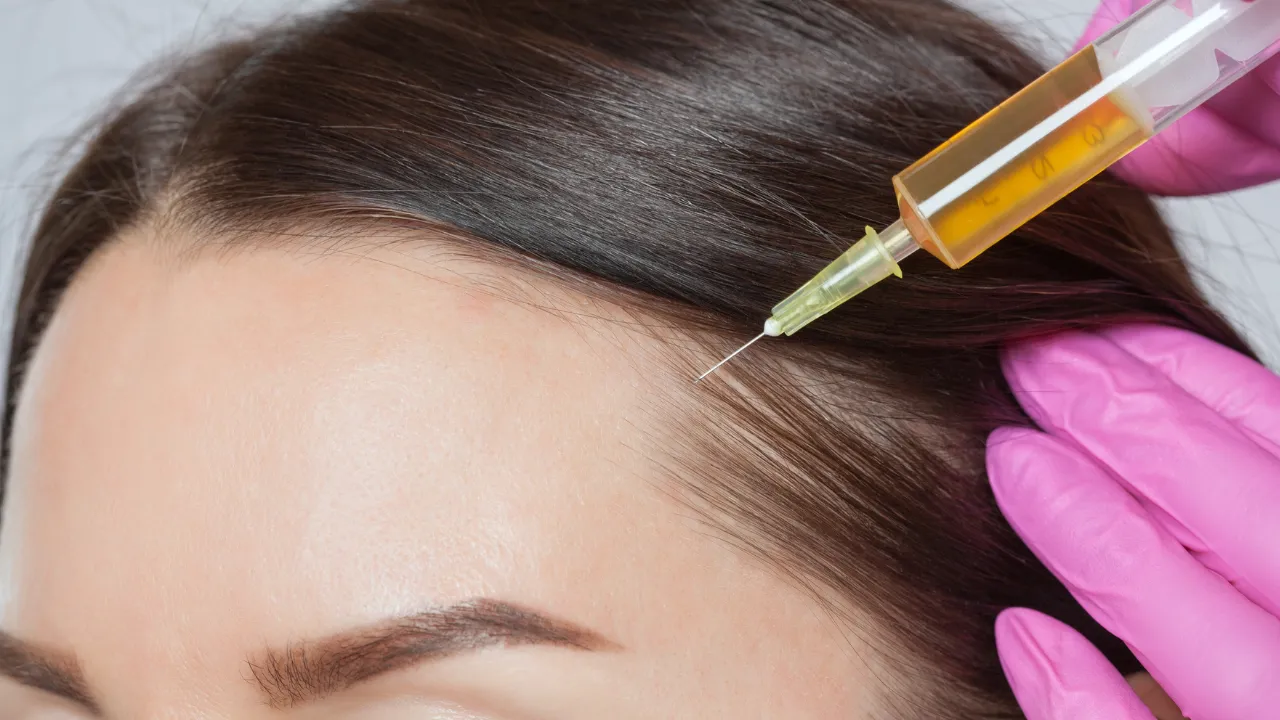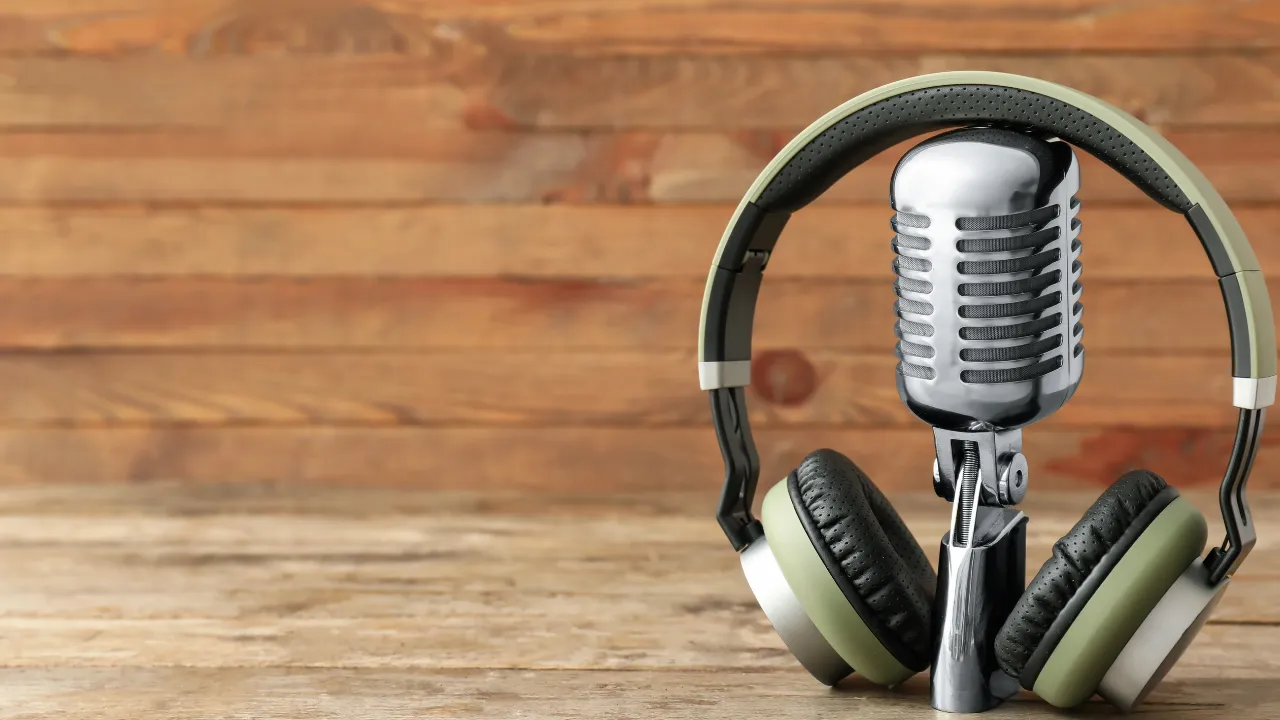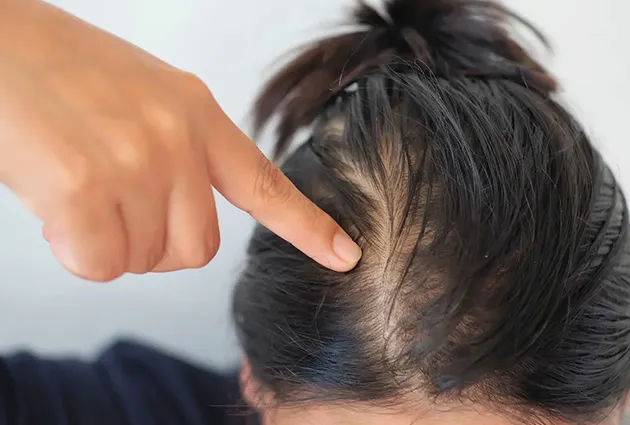Table of Contents
ToggleAt Kopelman Hair, we specialize in advanced hair restoration solutions tailored to each patient. If you’re exploring options for restoring density on the scalp, understanding body hair transplant to head results can help you make informed decisions. This method provides an alternative for those with limited scalp donor hair.
Understanding Body Hair Transplants (BHT)
What Is a Body Hair Transplant?
A body hair transplant (BHT) involves using hair from non-scalp areas to restore density on the head. Common donor sites include the beard, chest, and sometimes arms or legs. This method is considered when traditional scalp donor hair is insufficient. Traditionally, hair transplantation relied only on scalp donors, but BHT expands the pool significantly.
Can Body Hair Be Used for Scalp Restoration?
Yes, body hair can be used successfully for scalp transplants, especially in patients with poor scalp donor supply. The hair is extracted using follicular unit extraction (FUE), then implanted on the scalp to improve coverage. Each transplanted graft includes carefully preserved hair follicles to ensure high survival rates.
How Does a Body Hair Transplant Work?
The process includes three main steps:
- Identifying suitable donor areas (beard, chest, arms, leg hair if necessary).
- Extracting hair follicles using the FUE method.
- Implanting them in the recipient site on thinning or bald scalp areas under local anesthesia.
This method is often used to enhance density in scarred or previously transplanted zones. The FUE procedure is preferred for its precision and minimal scarring, making it ideal for both body and scalp extractions. Patients who have undergone a FUE hair transplant often report faster healing and a more natural hairline compared to traditional strip methods.
Candidacy and Success Rates
Who Is a Good Candidate?
BHT is ideal for patients with:
- Low scalp donor availability
- Previous failed transplants
- Scarring in the donor area
- Thick body hair with similar texture to scalp hair
Is Body Hair Transplant Successful?
Yes, when performed by experts like Dr. Kopelman, success rates are high. Proper matching of hair texture and growth cycle is crucial for achieving natural-looking results.
Healing and Growth Process
Donor Areas: Beard, Chest, Arms
Each area heals differently:
- Beard: Usually heals faster with minimal scarring.
- Chest: May show redness or bumps but typically resolves in days.
- Arms: Less commonly used, but healing is straightforward.
Will Body Hair Grow Long After Transplant?
Transplanted body hair often retains its original growth characteristics. Beard hair may grow longer, while chest hair usually stays shorter. Expect moderate length and density improvements in hair growth.
Timeline of Visible Results
- Month 1-3: Shedding of transplanted hair is normal.
- Month 4-6: Early growth begins.
- Month 9-12: Final results are visible.
Full coverage takes time but is worth the wait for those with limited options.
Before and After Results
Before and After Results: Beard, Chest, and Body Hair Transplants
Patients can expect meaningful improvements in density and scalp coverage. A beard to scalp hair transplant before and after comparison often shows a noticeable increase in volume, especially in crown or scarred regions. Chest hair transplant before and after photos demonstrate modest yet effective enhancements, particularly when combined with beard grafts.
Case studies from Kopelman Hair show consistent results across various donor types, proving the versatility of BHT hair transplant procedures.
Check out our before and after gallery for a visual representation of the transformations achieved through surgical hair restoration.
Real Patient Experience: Beard-to-Scalp Success
Many patients at Kopelman Hair seek alternatives when traditional transplants are not viable. One patient, age 42, had severe crown thinning and limited scalp donor hair. Using beard follicles, Dr. Kopelman completed a 2,000-graft session over one day. By month 10, the patient had natural, thick coverage in previously bald zones.
This success story reflects our hands-on approach and the importance of customized planning.
Cost, Risks, and Considerations
How Much Does a Body Hair Transplant Cost?
The cost varies based on:
- Number of grafts needed
- Donor site complexity
- Sessions required
Body hair transplant to head results cost slightly more than traditional methods due to longer extraction times.
BHT vs. Scalp FUE: Cost Comparison
- Scalp FUE: Faster and often less expensive
- BHT: More time-intensive but expands donor capacity
For patients with limited scalp donor hair, BHT offers long-term value.
Risks, Side Effects, and Hair Texture Differences
Common risks include:
- Redness, swelling, or temporary shock loss
- Hair texture mismatch (e.g., chest hair implants may feel finer)
Dr. Kopelman tailors each case to minimize visible inconsistencies and ensure a natural blend.
Why Choose Dr. Kopelman for BHT?
Not all BHT procedures deliver consistent results. At Kopelman Hair, our approach is led by Dr. Joel Kopelman, MD, FACS, who brings over 40 years of experience in facial aesthetics and microsurgical precision. His focus on donor site evaluation, follicle orientation, and natural design ensures optimal outcomes.
What sets us apart:
- Doctor-performed extractions (not technicians)
- Extensive planning for hair texture blending
- Commitment to realistic, lasting results
Frequently Asked Questions
Can I combine scalp and body hair in one session?
Yes. In many cases, combining both enhances density and coverage.
Is the recovery painful?
Most patients report mild discomfort that resolves within days.
Do results look natural?
With expert planning, the results are natural and long-lasting.
Are multiple sessions needed?
It depends on the area being treated and available donor supply.
Will chest hair implants grow indefinitely?
They follow the original chest hair cycle, usually shorter than scalp hair, but still provides improved coverage.
Advanced FAQs: Your Next-Level Questions Answered
Can I use leg or arm hair for transplant?
It’s possible, but less common. These hairs often have thinner shafts and different growth cycles.
Will beard or chest hair continue to behave like body hair?
Yes, body hairs generally retain their native growth rate and length even on the scalp.
Can I shave the transplanted area later?
Yes, but hair texture differences may become more visible if the area is cut very short.
How many sessions will I need for full coverage?
This depends on your goals and donor availability. Some patients achieve full density in one session, while others require two or more.
At Kopelman Hair, we understand every patient’s case is different. Dr. Kopelman brings decades of experience to ensure that even the most challenging hair loss cases find viable solutions. If you’re considering a body-to-scalp transplant, book a consultation today to explore personalized options that fit your needs.


